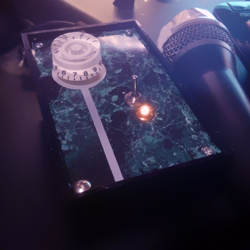Andy Peters said:With no load, you will get the ± 16 V. But once you add a load, you will get ripple on your outputs, which can be significant. Adding the regulators will do much to minimize the ripple.
Remember that for voltage regulators, you must mind the drop-out, which is the difference between the input voltage to the regulator and its output which must be maintained in order for the regulator to work. For LM317-type regulators, that's usually 2 V for light loads and 3 V for heavy loads (Read The Fine Data Sheet).
A further complication is what happens when you have low mains input to your wall wart? If the thing is spec'ed for 12 VAC output with 120 VAC mains input, what happens when the mains drops to 108 V?
-a
Hm.. seems like more work than I expected, I'm in the midst of tracking guitars for an album and needed a quick and dirty preamp for dynamic microphones. I may just go for double DC adapters for now..
dfuruta said:If time is of the essence forget about it for now, grab two VDC wallwarts (should be easy enough to find lying around?), and stack 'em up.
Will probably just do that.
radardoug said:You are trying to build a quality mike preamp. Why dont you build a proper power supply instead of farting about with an a.c. plugpack? Its never going to give you a good result. There are loads of circuits, and boards available, to build a proper supply.
I'll build a proper one as soon as I get more free time on my hands.
This could be a fitting candidate, right?


































